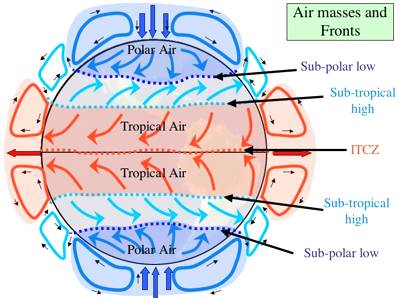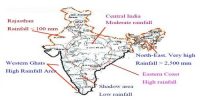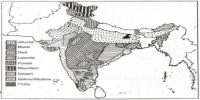General Atmospheric Circulation and its Effects on Oceans
Atmospheric circulation is the movement of air at all levels of the atmosphere over all parts of the planet. The general direction of the winds varies around the globe depending on factors like latitude and proximity to oceans. Warming and cooling of the Pacific Ocean are most important in terms of general atmospheric circulation. The driving force behind atmospheric circulation is solar energy, which heats the atmosphere with different intensities at the equator, the middle latitudes, and the poles.

The warm water of the central Pacific Ocean slowly drifts towards the South American coast and replaces the cool Peruvian current. Such appearance of warm water off the coast of Peru is known as the El Nino. The El Nino event is closely associated with the pressure changes in the Central Pacific and Australia. This change in pressure condition over Pacific is known as the southern oscillation. The combined phenomenon of southern oscillation and El Nino is known as ENSO. In the years when the ENSO is strong, large-scale variations in weather occur over the world. The arid west coast of South America receives heavy rainfall; drought occurs in Australia and sometimes in India and floods in China. This phenomenon is closely monitored and is used for long-range forecasting in major parts of the world.
















